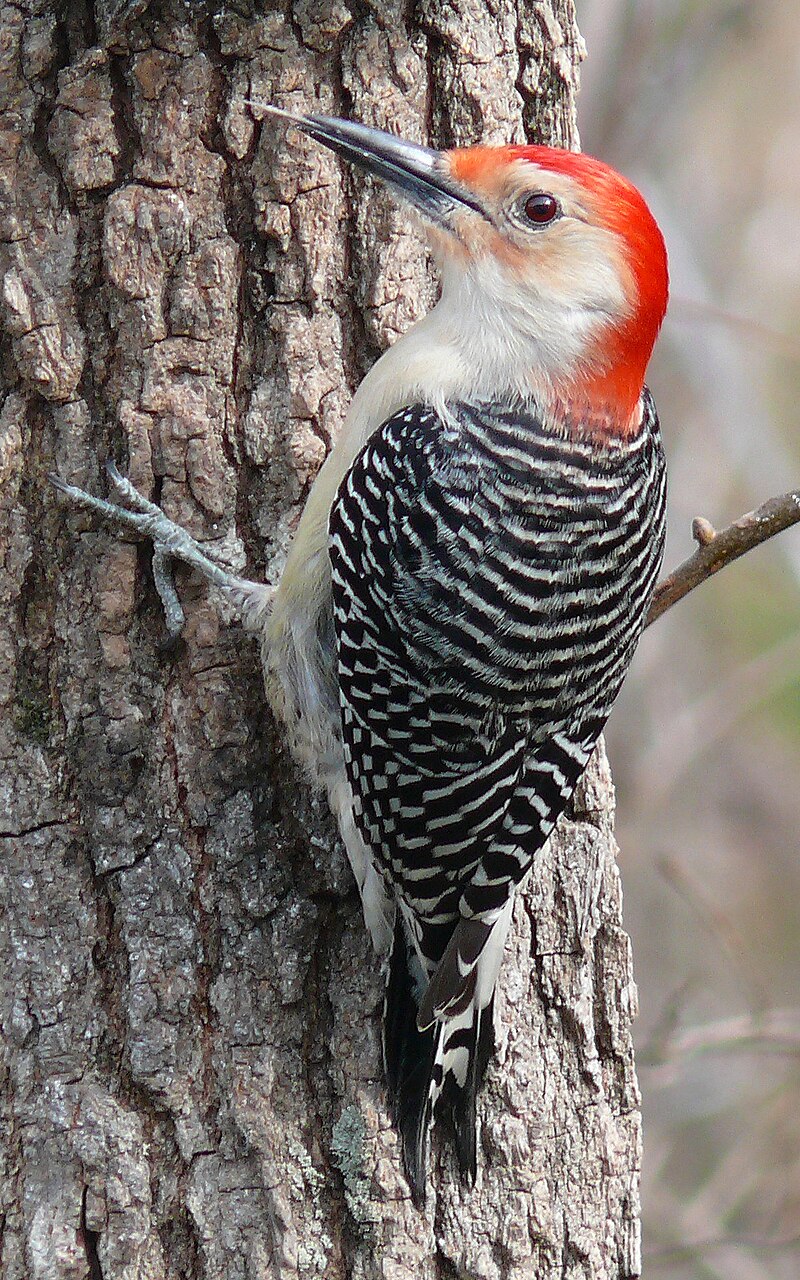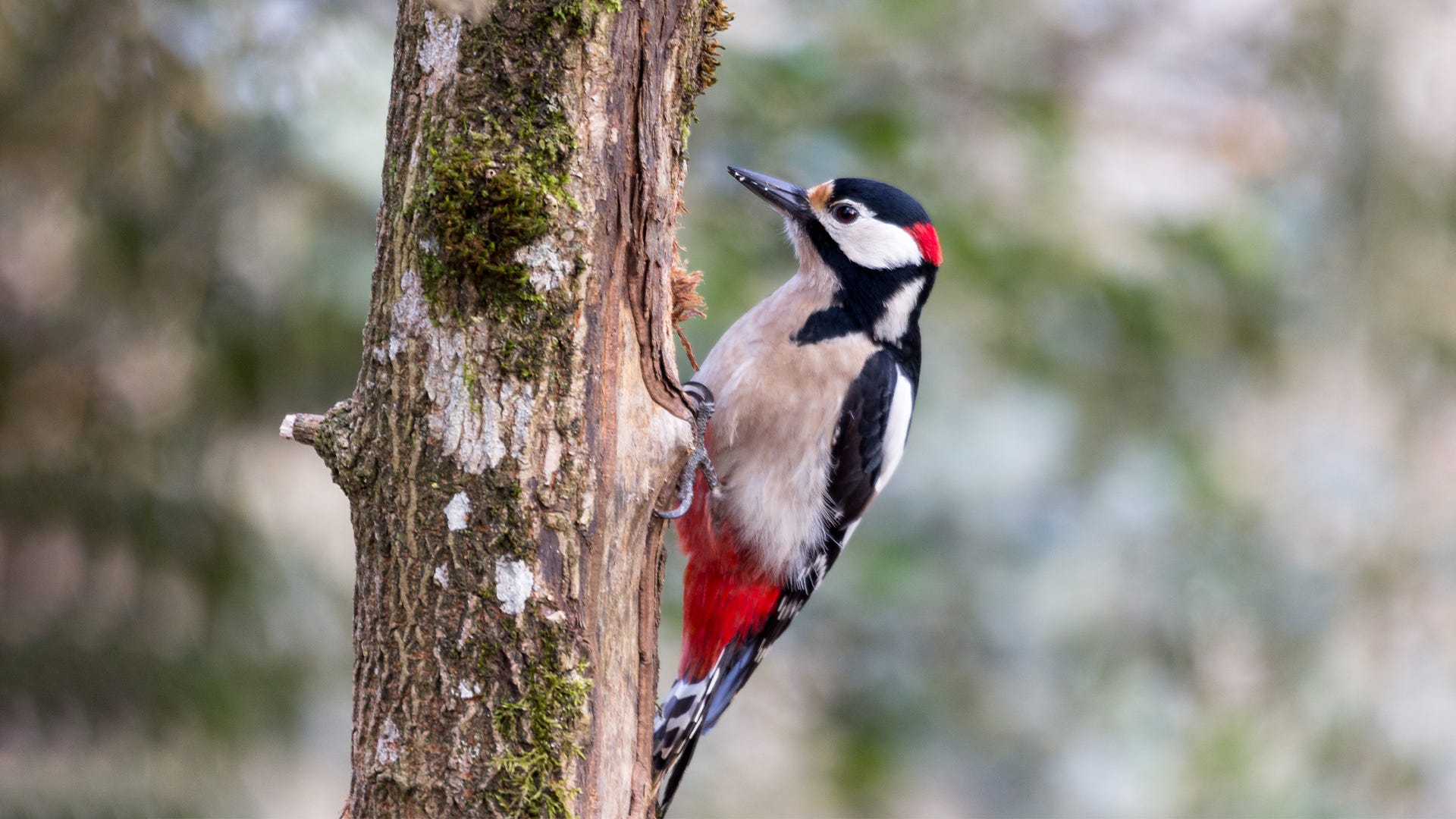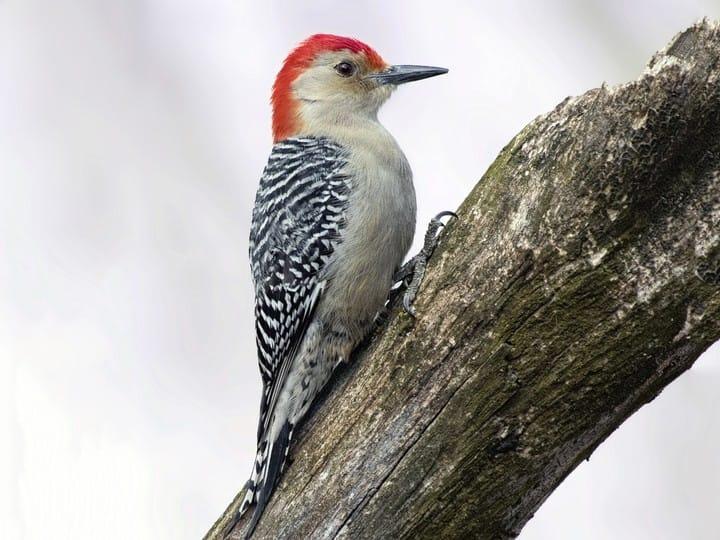Woodpeckers in Florida: Natural History, Ecology, and Conservation
Woodpeckers in Florida: Natural History, Ecology, and Conservation
Blog Article
Woodpeckers Unleashed: Exploring the Wonders of These Knowledgeable Tree Climbers
Woodpeckers, with their distinct markings and balanced drumming echoing through wooded locations, hold an one-of-a-kind place in the bird world. Their specialized makeup and adjustments enable them to navigate upright surfaces with unrivaled ability. Their mastery of tree climbing is simply one element of their remarkable habits. As we look into the detailed details of woodpeckers' nesting habits, feeding methods, and the ongoing conservation efforts to safeguard these impressive birds, a deeper recognition for their place in nature unfolds.
Anatomy and Adaptations
When analyzing the composition and adaptations of woodpeckers, one can observe amazing features that enable these birds to prosper in their specialized eco-friendly particular niche. In addition, woodpeckers have zygodactyl feet, with two toes facing forward and two encountering backwards, supplying a company grip on tree trunks while they search for food or drum for communication.
Moreover, woodpeckers have a distinct tongue structure that is long, barbed, and sticky, allowing them to draw out insects from holes in wood. This specialized adaptation permits woodpeckers to make use of a food source that is inaccessible to several other bird species. Overall, the anatomy and adjustments of woodpeckers showcase the impressive transformative services that have actually permitted these birds to prosper in their arboreal habitat.
Drumming Actions
Having discovered the anatomy and adaptations of woodpeckers, the emphasis now changes to understanding their drumming actions, an unique aspect of their interaction and territorial screens. Drumming is an essential type of interaction among woodpeckers, offering multiple functions such as developing areas, bring in mates, and signaling alarm. Each woodpecker types has an unique drumming pattern that assists people acknowledge participants of their own varieties and differentiate them from competitors or predators.
Woodpeckers produce drumming noises by swiftly pecking on resonant surfaces such as dead trees, energy poles, and even steel items, developing a series of rhythmic beats. The strength and speed of drumming can vary based upon the objective; for example, a fast drumming series may symbolize aggressiveness towards trespassers, while a slower and softer drumming pattern can indicate courtship (Woodpeckers in Florida). Furthermore, woodpeckers might readjust the frequency and duration of their drumming to communicate particular messages effectively
Nesting Practices
Checking out the nesting behaviors of woodpeckers reveals remarkable understandings into their reproductive behaviors and habitat options. Woodpeckers are understood for their special nesting choices, frequently excavating tooth cavities in trees to produce protected rooms for increasing their young. These tooth cavities offer not only as a nesting site however also as a safe haven from killers and stormy climate.
Woodpeckers show a high degree of fidelity to their nesting websites, typically going back to the exact same place every year. This habits highlights the value of appropriate habitat availability for their reproductive get redirected here success. The selection of a nesting site is critical for woodpeckers, with factors such as tree varieties, height, and degeneration stage playing significant functions in their decision-making procedure.
Surprisingly, some woodpecker types are known to excavate several dental caries visit their website within their region, supplying themselves with alternate nesting choices. This technique may work as a form of insurance versus possible risks or disturbances to their primary nesting website.

Feeding Strategies
Woodpeckers employ a selection of specialized feeding techniques to obtain their main food resources. Among one of the most unique feeding habits of woodpeckers is drumming, which entails rapid pecking on trees to uncover pests underneath the bark. This drumming not only helps them find victim yet additionally acts as a way of interaction with various other woodpeckers. Woodpeckers have solid, chisel-like beaks that permit them to drill right into timber effortlessly. Once a hole is produced, they use their lengthy, barbed tongues to remove insects such as ants, beetles, larvae, and spiders. These tongues are coated with sticky saliva that helps trap the victim. Woodpeckers are likewise recognized to dig deep into dental caries in trees to accessibility surprise insect larvae or sap. Some species, like the acorn woodpecker, store nuts in specially created holes called granaries. This tactical storing of food helps them survive throughout food scarcity periods. Woodpeckers are really amazing in their feeding techniques, showcasing adaptability and intelligence in procuring their nourishment.
Conservation Initiatives
Among the complex feeding techniques exhibited by woodpeckers, the conservation efforts focused on securing these interesting birds play a vital function in protecting their environments and populaces. Woodpeckers face various threats to their survival, consisting of environment loss as a result of logging, climate adjustment altering their ecosystems, and crashes with manufactured structures such as structures and cars - Woodpeckers in Florida. Conservationists are proactively working to resolve these obstacles and guarantee the lasting wellness of woodpecker varieties

Education and public understanding campaigns are likewise vital parts of woodpecker conservation efforts. By raising awareness concerning the value of these birds in maintaining healthy and balanced forest ecosystems, conservationists can garner support for environment preservation initiatives and advertise responsible land monitoring methods. Via collective initiatives between scientists, policymakers, and regional communities, we can function together to safeguard a future where woodpeckers flourish in their all-natural environments.
Conclusion

Report this page